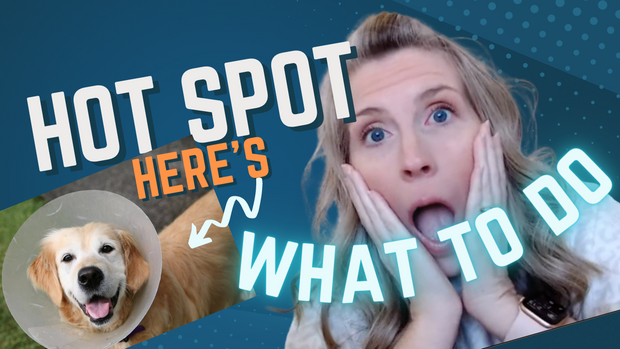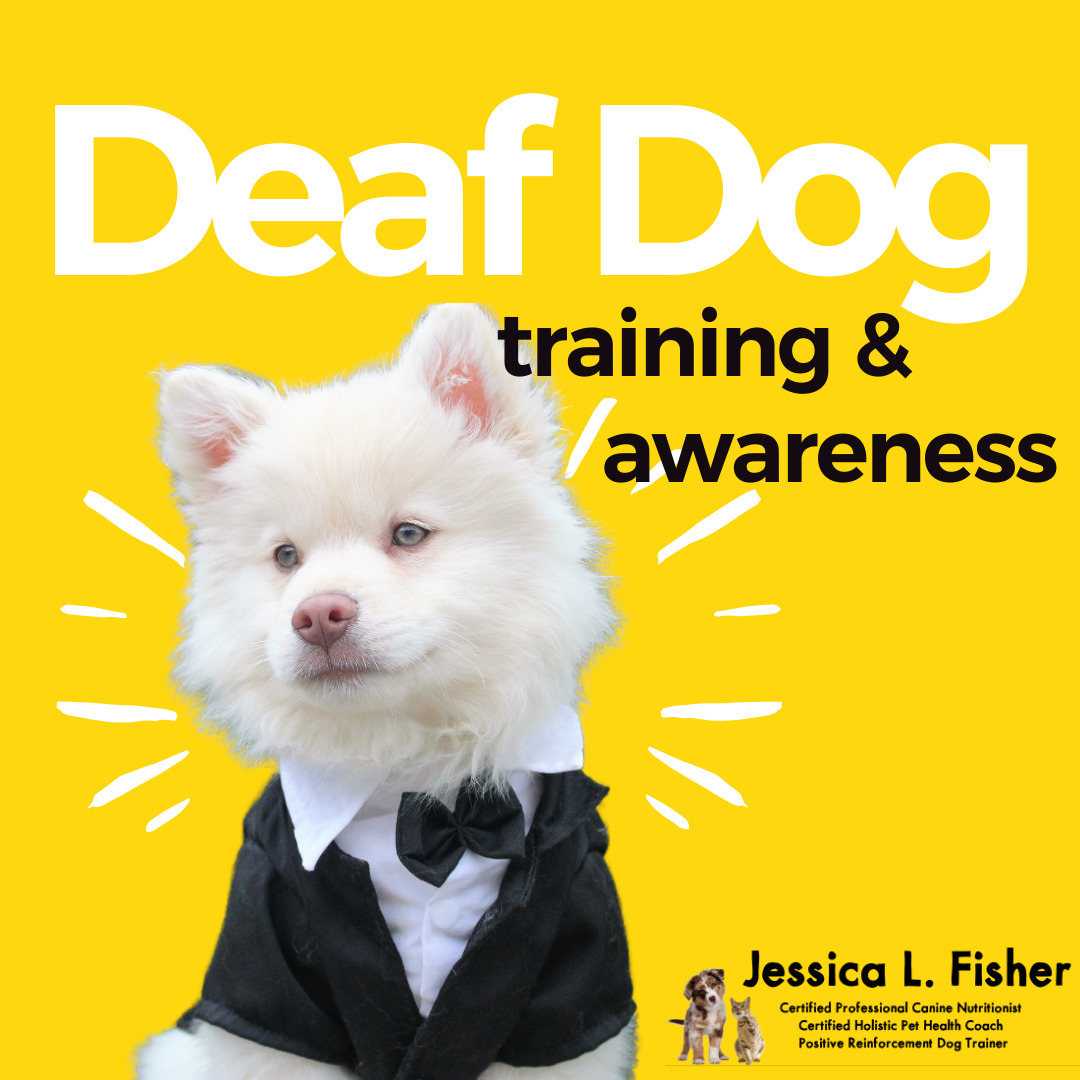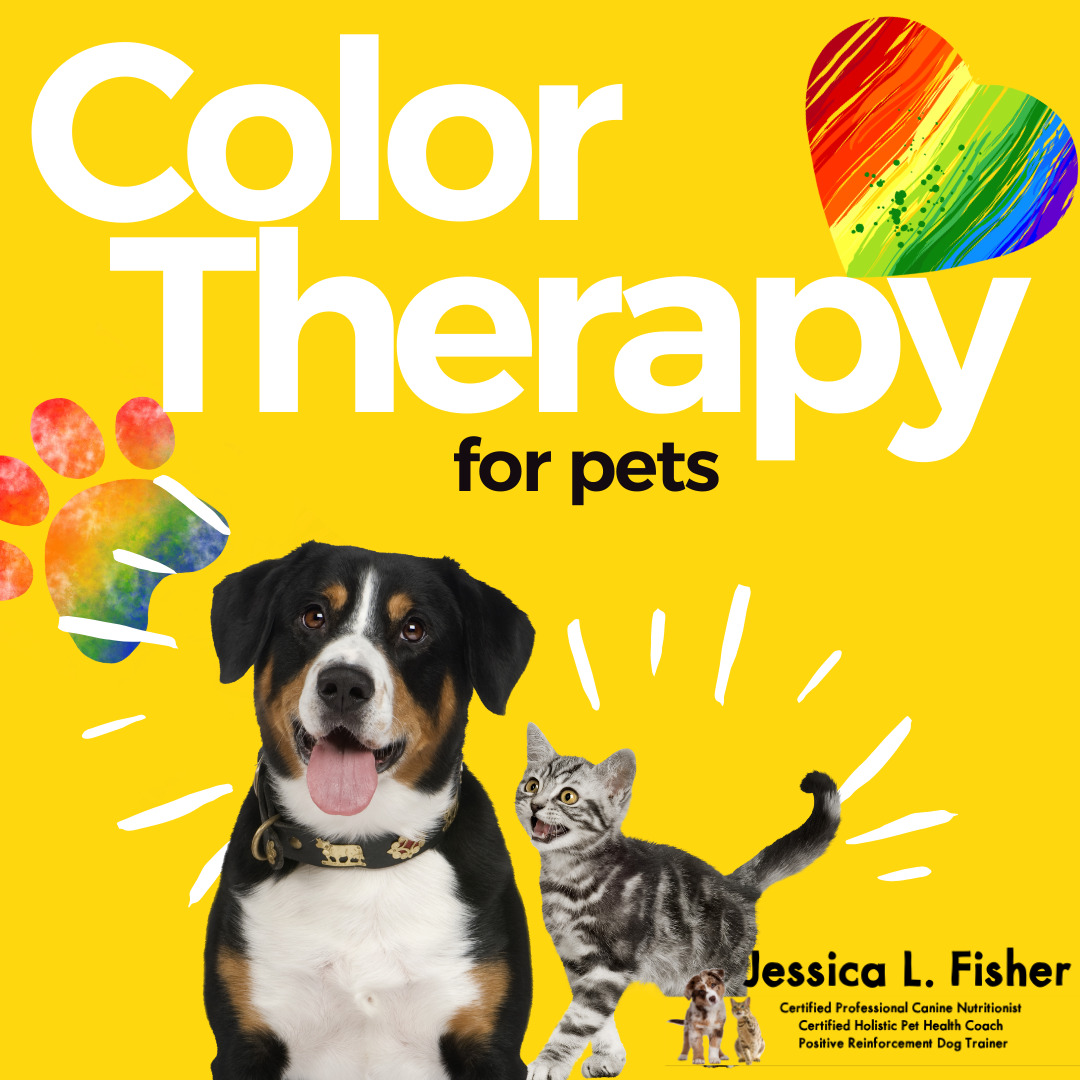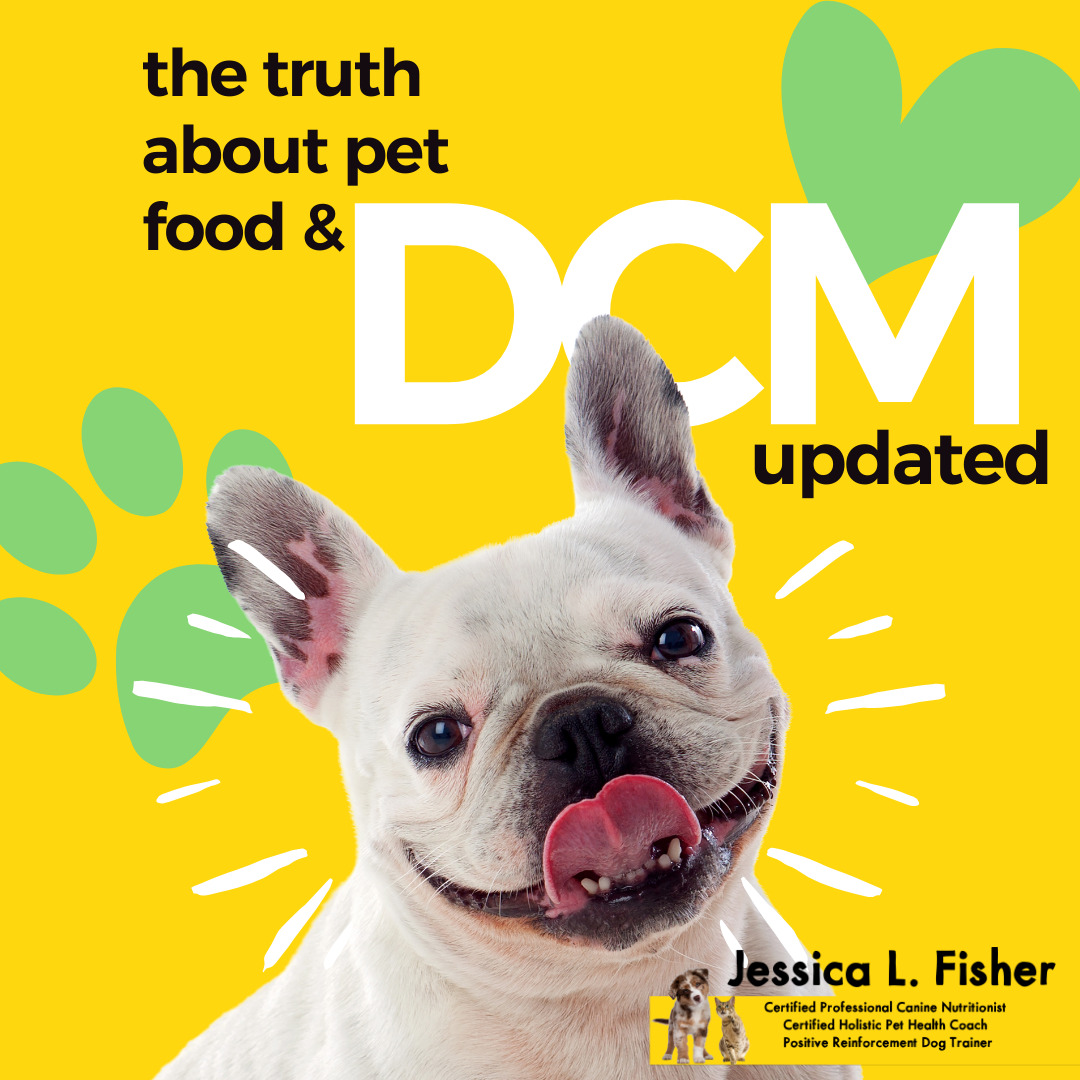Today’s video is all about hot spots. If you’ve never heard of a hot spot, well, you and your dog are pretty lucky! Hot spots are raw, painful areas of skin that can be red and inflamed. Your dog will often have licked the fur off in this spot before you even know it’s there, and they will continue to lick, scratch, and bite at it unless you intervene.
Here’s the link to the video:
YouTube: https://youtu.be/PXBLYWrJjAg
Rumble: https://rumble.com/vtcvkv-hot-spot-heres-what-to-do.html
Sometimes you will need your veterinarian to intervene, but there are effective home remedies. The most important part of treatment is addressing the underlying cause of the hot spot. Your veterinarian may call a hot spot pyotraumatic dermatitis, acute moist dermatitis, or pyoderma.
What Causes A Hot Spot?
There are many things that could trigger a hot spot on your dog and they can come on rather fast. Environmental allergens, a flea bite, seasonal allergies, or even the bacteria on your dog’s skin can cause a hot spot. Bacterial overgrowth is quite a common cause and will need to be treated separately from the hot spot.
In the case of an environmental allergen, you will want to do what you can to “clean up” the environment. This may mean cleaning the floors more regularly or investing in an air purifier.
In the case of bacterial overgrowth, you will need to build up the immune system. A holistic, integrative, or homeopathic veterinarian can help you and your dog.
How To Treat A Hot Spot
Step 1 – Remove the hair from around the wound.
Since the wound will likely be oozing for the first few days, it is important to remove the fur from that area to keep the bacteria at bay. The best way to do this is to shave around the area.
Once you shave the area, you may also want to use a sharpie to gently outline the area so that you can monitor if it is getting bigger. If it does get bigger, you will want to go to the vet for treatment.
Step 2 – Disinfect the wound
Now that the area is clear of excess fur, you want to use povidone-iodine (Betadine) to gently clean the wound. Povidone iodine is organic and has no side effects. To use, dilute with purified water until it is the color of tea. Use a clean washcloth or gauze to gently cleanse the area. You can do this up to every 2 hours and at a minimum twice a day.
Step 3 – Soothe the wound
There are a few options for soothing the wound, including fresh raw aloe and manuka honey. You want to be sure not to use anything that will aggravate the wound, as it is an open wound. Use a light coating of a natural, soothing gel often until the wound begins to shrink up and the infection clears.
Step 4 – Protect the wound
Keep your dog from licking, biting, and scratching at the wound. If it is in a spot where you could use a t-shirt and your dog will accept wearing the t-shirt, this may be a good option. You can also wrap it very lightly, but the goal is to keep it dry, so the wrapping would need to be very light. Your best option may be the Elizabethan collar.
Treat the hot spot and the cause
Remember, hot spots are very uncomfortable and can be quite painful to your dog. While treating the hot spot itself is important, it is just as important to do everything you can to make sure it doesn’t happen again. Speak with your dog’s medical team to put together a plan to ensure your dog never has to go through this again.




